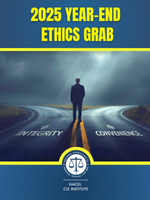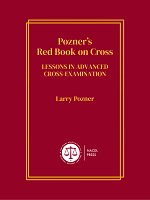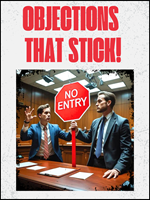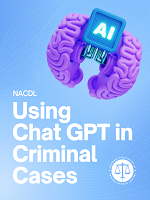Brief filed: 02/20/2024
Documents
Neves v. Rhode Island
Rhode Island Supreme Court; Case No. SU-2022-0092-MP
Argument(s)
In its brief, the State argues that the Supreme Court’s decisions in Roper v. Simmons, 543 U.S. 551 (2005), Graham v. Florida, 560 U.S. 48 (2010), and Miller v. Alabama, 567 U.S. 460 (2012) (collectively, the “Juvenile Sentencing Cases”) are inapplicable to this case. (State’s Br. 34-35). The State could not be more wrong. Through its decisions in the Juvenile Sentencing Cases, the Supreme Court relied upon scientific research dictating that youthful offenders be treated differently from adult offenders and spared the harshest of punishments by the state. Respondents Neves, Nunes, Ortega, and Monteiro were sentenced prior to Roper,1 and thus did not benefit from the Court’s requirement that “sentencing courts must take into account the age of the defendant at the time he or she committed the offense(s) of conviction before imposing life sentences.”2 (State’s Br. 35). While the Juvenile Sentencing Cases were not relevant at the time of Respondents’ sentencing hearings, the Supreme Court’s jurisprudence is nevertheless highly relevant to the adoption and interpretation of R.I. Gen. Laws § 13-8-13(e) [hereinafter Section 13-8-13(e)]. More importantly, these decisions are relevant to understanding the harmful consequences that will result if the law is not applied to youthful offenders like Respondents.
Meanwhile, the State’s legal arguments as to why Respondents and similarly situated youthful offenders should not be entitled to release simply do not hold up to scrutiny. These arguments have been addressed by the Superior Court’s decision below and in Respondents’ brief. Amici do not intend to address those arguments further. Instead, Amici will address the harmful impact the State’s arguments will impose on young people if successful.
The fact is that Section 13-8-13(e) undermines one of the most powerful prosecutorial tools in the State’s arsenal for pressuring youthful offenders into guilty pleas, ensuring their convictions if they refuse, and ultimately increasing the length of their incarceration once they are sentenced. The tool is “charge stacking,” the practice of charging a criminal defendant with multiple separate crimes, or charges, for what is essentially one criminal act, and subjecting them accordingly to more extreme and consecutive sentences upon a finding of guilt. Charge stacking, not recidivism or serial crime, is the reason Respondents are each serving life plus multiple and consecutive sentences. And while it may be ubiquitous in practice, charge stacking has come under increased scrutiny and criticism for the harms it causes, including its role in exacerbating racial disparities in sentencing and driving mass incarceration.
Charge stacking is uniquely problematic when applied to young people. Not only are the extreme sentences created by charge stacking counter to the Supreme Court’s jurisprudence, but the lack of appreciation and understanding for the multitude of charges and sentences that could be imposed for their actions coupled with the undue power and influence to force guilty pleas, all make the use of charge stacking against youthful offenders not only wrong, but quite possibly a violation of the Eighth Amendment.
Author(s)
Stacey P. Nakasian, Duffy & Sweeney, Ltd., Providence, RI; Marsha L. Levick, Juvenile Law Center, Philadelphia, PA.












